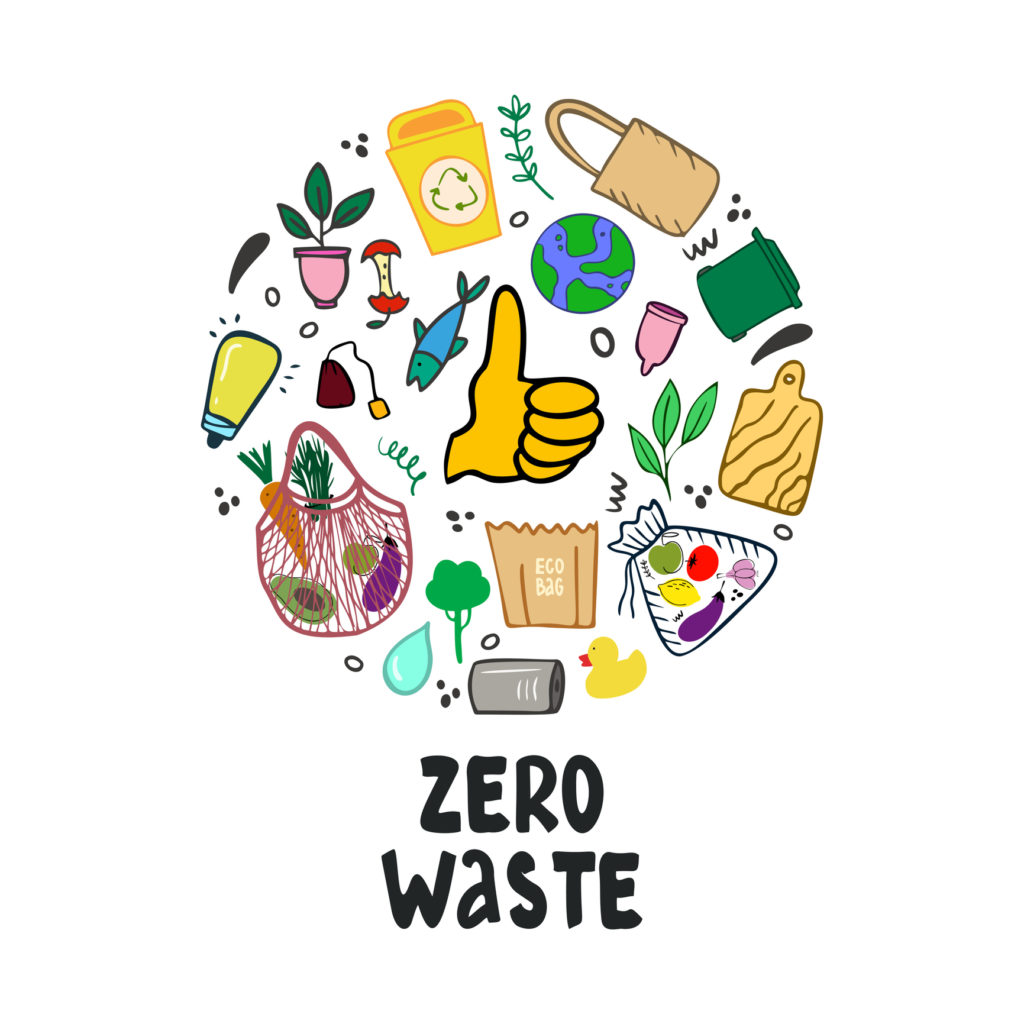Issues & Analyses: Why Zero Waste Is Often Left Out Of Climate Action

Photo: istock
Zero Waste Targets Consumption Emissions That Contribute To Climate Change
The following article, Why Zero Waste Is Often Left Out Of Climate Action, appeared originally on the eco-cycle website. It is reposted here with permission.
Most climate action plans are understandably heavily focused on reducing greenhouse gas (GHG) emissions from electricity and transportation, which are major emission sectors. Often overlooked, however, is the sector of “consumption emissions” and the important role of Zero Waste in addressing them. Instead, in most local GHG inventories, “waste” is only represented as 2–5% of local GHG emissions, so it doesn’t look like a sizable part of the problem or the solution, and Zero Waste strategies such as recycling and composting are rarely prioritized. This is because there are three problems with how local GHG inventories track emissions that result in the omission of the significant contribution of waste and consumption to global climate change and underestimate recycling as a climate solution:
- Most GHG inventories are set up only to track the emissions being emitted into the atmosphere, not programs that are reducing emissions from being produced in the first place—like reuse efforts, recycling, composting, or the avoided emissions from solar panels. Local inventories rarely acknowledge or track any savings from recycling or composting.
- Cities track waste emissions in their GHG inventory only by calculating methane emissions from landfills, ignoring the emissions from energy used to extract, process, and deliver products. But waste isn’t just what happens after you discard a product; it includes the entire system of producing and using these materials. Further, when materials like plastics, metal, and glass are “wasted,” they do not degrade in landfills so there are no emissions associated with their disposal, even though these products are extremely energy-intensive to make and their production has a very high carbon footprint.
- Most GHG inventories only measure what is generated within the city limits, such as the emissions from the local power plant and the vehicle miles traveled in town, but ignore the impact of the materials imported into the city limits. This leaves out the emissions from the production and consumption of our food and our stuff, which is made around the world, and misses the global climate impact of agriculture, extraction, manufacturing, and waste.
The carbon footprint of some of the world’s biggest cities is 60% larger than previously estimated when all the products and services a city consumes are included. While addressing this challenge might make it look like our emissions are moving in the wrong direction, it is actually a positive shift. Addressing consumption emissions in our GHG inventories brings more solutions to the table—in particular, solutions that can be implemented at the local government level, such as programs that increase recycling and composting, reduce food waste, and promote sharing and smart purchasing. On a global level, consumption-based emissions from nearly 100 of the world’s big cities already represent 10% of global GHG emissions.

Portland, Oregon, Highlights Consumption As Key To Reducing GHG Emissions
For an example of how consumption-based emissions can be included at the local level, let’s look at the city of Portland, Oregon. The following graphic shows several ways of measuring Portland’s climate impact. The green circle represents a traditional local GHG inventory that measures all the emissions occurring within the city’s boundaries. To the right are the GHG emissions associated with all the goods and services that are imported into Portland (the city’s consumption), and to the left are the emissions from goods and services exported from Portland. The graphic illustrates how the majority of the city’s climate impact comes from outside the city. The city’s consumption emissions, at right, are greater than the local emissions (in green) and represent key opportunities for residents, businesses, and the entire city to reduce their overall global climate footprint.
As a result of this type of comprehensive analysis that includes consumption-based GHG emissions, Portland has reframed its climate action steps to reflect consumption as a key part of the climate solution, as illustrated in the following graphic.
Moving Forward Together: Zero Waste Is One Of Three Priority Action Areas for Climate Solutions
The sheer scale and mounting pressures of our climate crisis require that we reduce carbon emissions as much and as soon as possible. This means we need to use all the strategies we can to reduce our energy impacts, transportation emissions, and our consumption emissions. Zero Waste is an especially important strategy in the short term because it can be implemented relatively quickly and cost-effectively, provides substantial GHG reductions, and is especially actionable at the local, community, and state levels.

“What we buy must be part of our efforts to reduce our emissions. We can’t just outsource them to other regions…Smarter purchasing, buying local, and reducing waste are part of what can be done to reduce consumption emissions.” National Geographic, 2018
